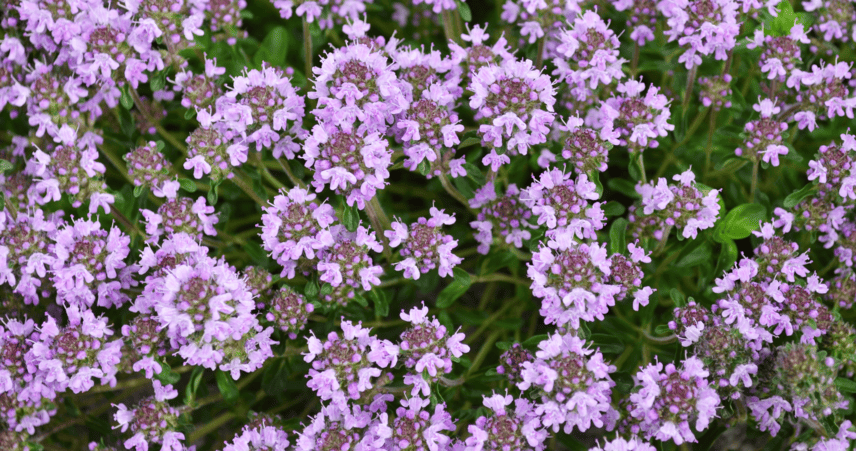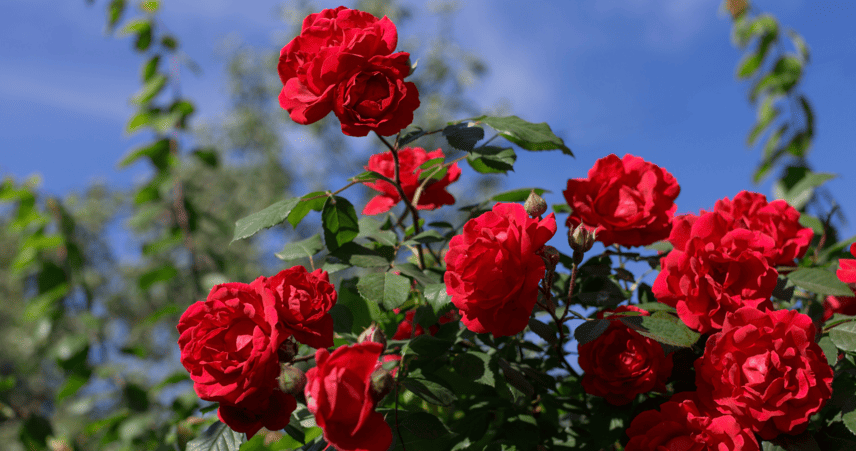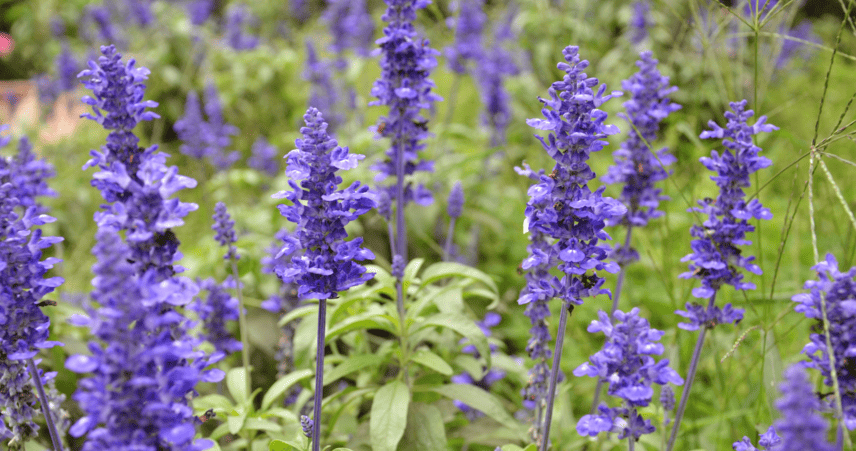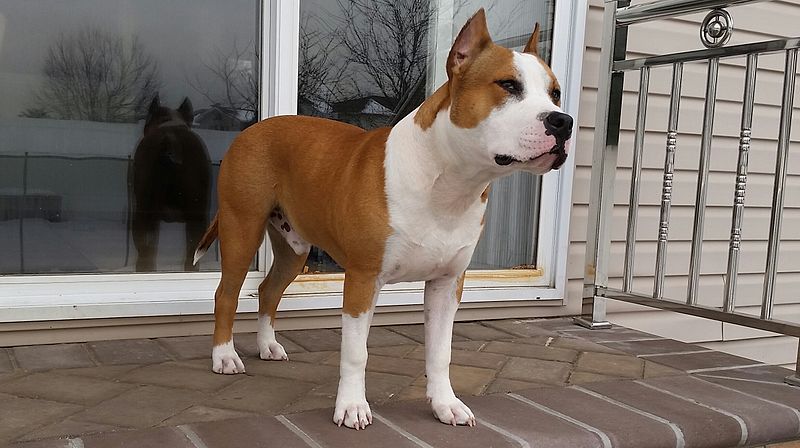
Many homeowners have started thinking about alternatives to typical lawns in recent years. Thymus serpyllum, or creeping thyme, is an often used option. Numerous garden enthusiasts have been drawn to it by its visual attractiveness, ease of maintenance, and possible advantages. However, one of the most frequently asked questions is: Can dogs safely use creeping thyme?
Dogs are inquisitive animals who love using their noses and mouths to explore their environment. Anything they come find, edible or not, they will grab hold of. Your dog will be determined to investigate every inch of your gorgeously planted landscape.
Not every plant you grow in your garden is secure. Some might have negative consequences and result in excruciating sensations. Thus, it’s crucial to always keep an eye on your dog’s movements in your yard, particularly if you have any poisonous plants there. Your dog won’t pass up the chance to sample the leaves and blooms if he finds the scent of a particular plant appealing.
Sage and thyme are essential to consider while examining dog-friendly plants. They have numerous health advantages in addition to being safe for your dogs. Continue reading to learn more about the advantages of sage and thyme, including creeping thyme, for dogs. The post also provides you with information on plants that are safe for your dog to be around dog poop. Continue reading to learn more.
Table of Contents
The Fundamentals Creeping Thyme: What Is It?
Originally from Europe, creeping thyme, sometimes referred to as elfin thyme, is a resilient perennial ground cover. Its small, fragrant leaves and pink to purple blooms are its most notable features. Thanks to its low height and drought endurance, this plant may be used for both decoration and practical purposes. It’s a great alternative to a lawn.
Is Thyme Good For Dogs to Eat?
Many of the herbs that you plant in your garden are good for dogs in various ways. Along with additional advantages, they support the preservation of their general health. This collection of herbs, which includes thyme, is important for maintaining the best possible health for dogs. One of the thyme species that is frequently found in gardens and lawns is creeping thyme.
Getting back to the subject at hand, YES, dogs benefit from thyme when given in moderation. The fact that thyme keeps the dog’s digestive system healthy is one of its most significant advantages. This is due to its anti-spasmodic, or ability to relieve spasms. It will even help with flatulence relief.
When appropriate hygiene is neglected, dogs are susceptible to hookworm infection. An intestinal irritation may arise from this. In extreme circumstances, hookworm may even cause a significant drop in red blood cell counts. One of the greatest herbs to remove hookworm and other parasites from your dog’s stomach is thyme.
Don’t add more than one teaspoon (per pound) of fresh or dried thyme to your dog’s diet when giving it thyme. Nevertheless, it’s crucial to contact the veterinarian whenever you add something new to your dog’s diet.
Can Dogs Eat Sage And Thyme?
As was previously indicated, dogs can safely consume thyme in moderation. It helps manage digestive issues and has several beneficial effects on the dog’s stomach. Thyme contains antispasmodic, antibacterial, and mucus-clearing properties. This makes it advantageous for treating a variety of gastrointestinal issues in canines.
Known for its potent scent and earthy taste, sage is also thought to be safe for dogs. Because sage is high in vitamins and minerals, adding it to your dog’s food will help strengthen his immune system.
Because of its high fiber content, the herb can help dogs with digestive issues. The herb’s antibacterial, antioxidant, and antimicrobial qualities also help the immune system work well. Sage has an additional benefit in that it helps reduce canine seasonal allergies.
Sage can be given to your dog either fresh or dried, depending on your preferences. You can provide it to them as a treat or sprinkle it over their kibble.
Please be aware, though, that excessive sage ingestion might cause digestive issues in dogs. This is due to a substance found in sage called thujone, which, in large enough concentrations, may upset the digestive tract of dogs. Sage should therefore be added to the dog’s diet gradually. Always get advice from a veterinarian before giving your dog sage in its diet.
Is Dogs’ Thyme Ground Cover Toxic?
Thyme is a non-toxic ground cover that is suitable for dogs. It’s primarily utilized to spruce up the surrounds in herb and rock gardens. Not to be overlooked while discussing thyme is creeping thyme, which grows horizontally rather than vertically.
The characteristic of thyme plants that stands out during growth is their hugging of the earth. When these plants get enough sunlight, they grow most successfully. The stems become lanky and are unable to hug the ground when they receive insufficient sunshine.
The perfume of thyme is strong, fragrant, and comforting. Dogs are drawn to these plants because of this. Your dog would therefore seize the chance to get these plants if you had them in your garden. Your dog will be excited to get his paws on the nearby thyme plantations when you take him for a walk. Make sure he wears a leash to prevent him from becoming sick from eating too many thyme leaves.
Which Plants Are Resistant to Dog Urine?
Does your dog know where to go? So that’s a blessing. Does your dog urinate on your lawn or garden if he has a habit of doing so outside? The majority of your plants are therefore in jeopardy, particularly if they aren’t resistant to urine. Nitrogen and other ions found in dog urine burn the roots of some delicate plants, causing them to die young.
Nonetheless, certain plants can endure dog poop. Let’s examine each of them separately.
1. Creeping Thyme

Creeping thyme is a ground cover plant that requires low maintenance. Though creeping thyme is strong enough to tolerate dog pee, they aren’t completely indestructible. They can withstand several harsh conditions, which also include dog pee. When thyme is over-exposed to a dog’s urine, it can get damaged or even die.
2. Pants for Bears
Their flowers are tall and spikey, and their leaves seem glossy. They require a lot of room to grow freely, yet they can tolerate dog poop.
3. Snowballs in Japan
The Japanese snowball, which is native to China, Taiwan, Korea, and Japan, has glossy leaves with a pleated structure. This easy-to-grow plant tolerates dog poop nicely and grows well in shaded areas.
4. Holly Fern in Japan
The majority of these plants can be found near rocky slopes, coastal cliffs, and stream banks. Make sure to plant Japanese holly ferns in places of your yard that receive some shade. If they are in direct sunlight, they will not grow well.
5. Rose

Nitrogen is largely needed by roses to live. Although they are resistant to dog poop, they could wither if exposed to it too much.
6. Mexican Sage
This shrub can reach a height of four to six feet. Although they might possibly thrive in even partial shade, their primary requirement is sunshine.
7. The Silver Carpet
Their name comes from the silvery green appearance of their leaves. Though they are hardy enough to tolerate rocky soil, these plants need lots of sunlight to thrive.
8. Carpet Bug Legumes

They mainly fill in vacant spaces in gardens and serve as filler plants. These plants can shield delicate garden plants from dog urine, which could cause them to wither. They can tolerate some sunlight, but they thrive in regions with shade.
9. Osmanthus of Burkwoods
Among the hardiest evergreen shrubs is this one. They are excellent filler plants for your garden because of their broad foliage and white or yellow flowers. They may tolerate other mistreatment as well as dog poop.
10. Spindle tree from Japan
This tree, which is primarily planted in China, Japan, and Korea, has stiff leaves with serrated edges. If a dog urinates on it, the thick leaves will prevent the urine from penetrating and causing damage.
But this is not the end of the list. Other types of plants are also resistant to dog poop. These consist of parsley, basil, cucumber, tomato, lettuce, cabbage, and squash, among others.



